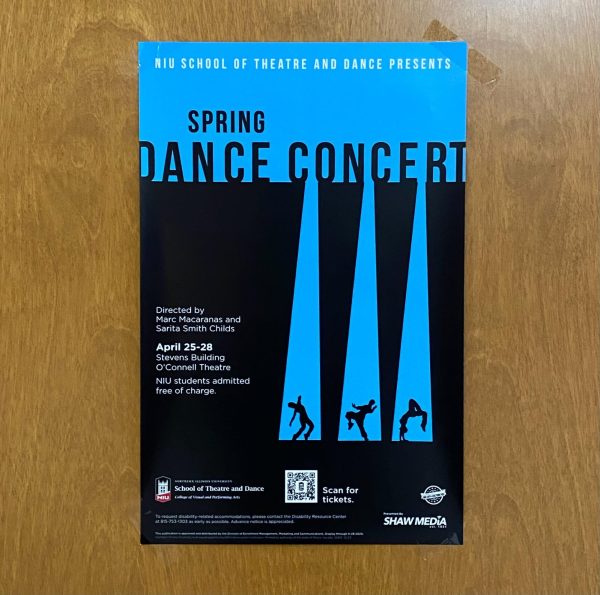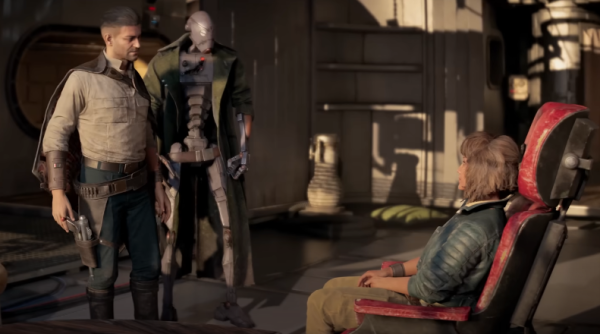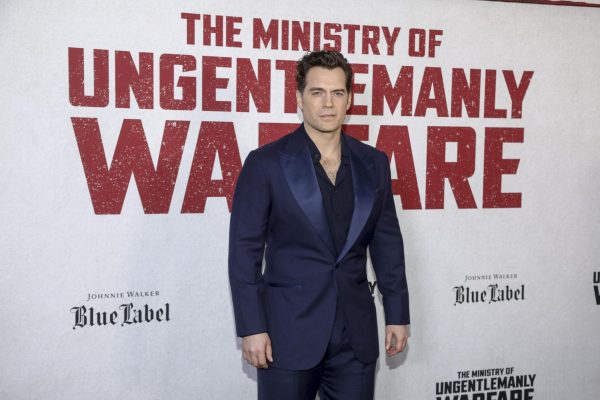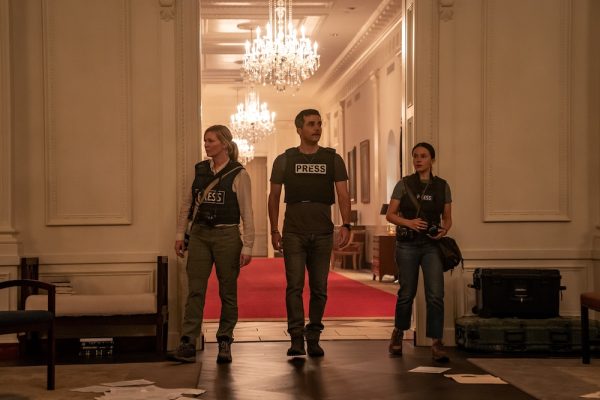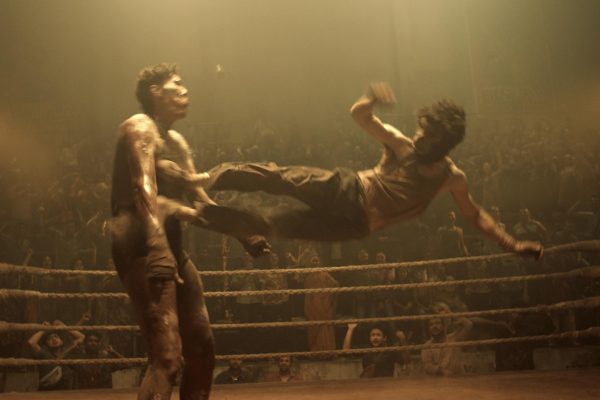Kind spirit of Mr. Rogers brought to life in new biopic
November 26, 2019
In recent years, Fred Rogers has become a cultural icon in the digital age with the documentary “Won’t You Be My Neighbor?” becoming the highest grossing biographical documentary of all time and episodes of “Mr. Rogers’ Neighborhood” becoming available on streaming platforms like Amazon Prime Video.
The film “A Beautiful Day In The Neighborhood” continues this wave of Mr. Rogers media with a deeply human story that will bring a smile to the face and a tear to the eye of those who view it.
The film tells the story of Lloyd Vogel, played by Matthew Rhys, a cynical journalist who’s estranged from his father, played by Chris Cooper. But, when Vogel is assigned to profile Fred Rogers, played by Tom Hanks, his perception on life is turned around due to Rogers’ caring demeanor and compassion for Vogel.
Hanks is absolutely magnetic as Fred Rogers and, as far as the viewer is concerned, Tom Hanks isn’t even in the film. Rather, it’s Fred Rogers speaking through Hanks. His warm nature in the film is beautiful to witness, and Hanks is deserving of every positive comment he will, no doubt, receive for this performance. It’s arguably his finest performance since he portrayed Walt Disney in “Saving Mr. Banks.”
Rhys, on the other hand, has a more difficult task as an actor by portraying someone who does terrible things yet still keeps the sympathy of the audience. Vogel is far from perfect, as he is equally responsible for the fragile relationship between him and his father. However, through excellent writing, the reasons for this split are made clear and the viewer is able to sympathize with Vogel.
The film’s greatest asset is its human story. Nothing about the film feels saturated, but feels genuine.
“A Beautiful Day In The Neighborhood” is less of a Fred Rogers film and more of a Lloyd Vogel film that features Fred Rogers. While Rogers is a fascinating aspect of the film, the main focus is on Vogel and his relationship with his father, which is emotionally investing. Vogel’s change of perspective isn’t simple, but takes time and multiple visits with Rogers to wear down his emotional blockade.
The filmmakers clearly understand the teachings of Fred Rogers and the show that entranced so many children by having every establishing shot of the cities of Pittsburgh and New York City be conducted with models like in “Mr. Roger’s Neighborhood.”
The film also points out how Mr. Rogers wasn’t a saint because, according to the film, saying he’s a saint makes his state of being unattainable when, in fact, Rogers worked hard to be the kind, caring man that he is.
“A Beautiful Day In The Neighborhood” also engages the audience by having Hanks look into the camera like Rogers would on his show to make the viewer a part of the program. However, one of the most effective scenes in this film involves Vogel and Rogers sitting in a diner.
Rogers asks Vogel to engage in a minute of silence in which Vogel must think about all of the people who have loved him. The film remains silent for a solid minute leaving the viewer to also take part in the experiment as well. The scene is enough to spark tears from the viewer.
When the minute ends, the film is smart enough to not have Rogers ask who Vogel thought of, instead leaving it to the imagination of the viewer.
The article “Can You Say…Hero?” by Tom Junod, the journalist who inspired the character of Lloyd Vogel, is perfectly represented on the screen but what makes “A Beautiful Day In The Neighborhood” truly special is the undying passion shown by everyone involved and a desire to bring some good in the world.
Fred Rogers has been gone for 16 years and the world seems a bit darker without him. However, “A Beautiful Day In The Neighborhood” has brought a little bit of him back and that is the film’s greatest achievement.


